info@gerb.com
Vibration control of an IMAX® theatre
Since 1999, GERB spring elements have been ensuring an enjoyable cinema experience without disturbing noises from the outside.
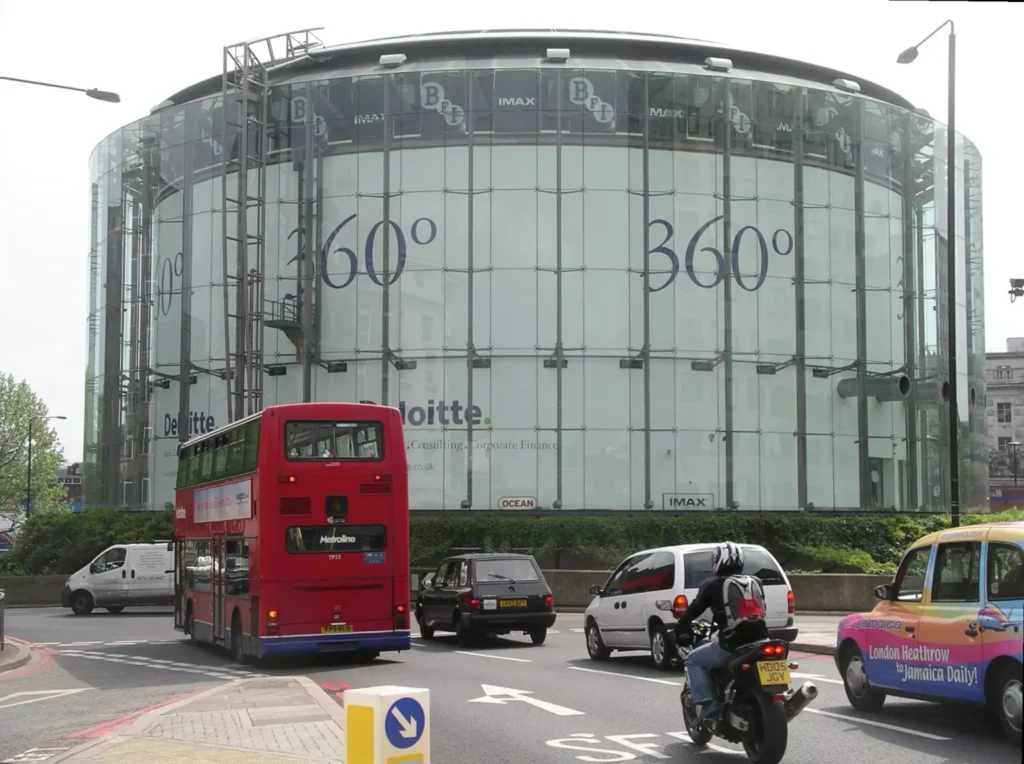
Challenge

Solution
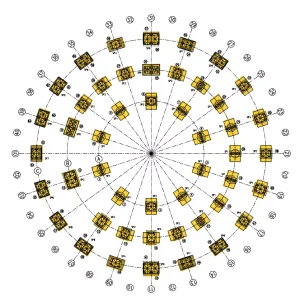
Technical Facts:
Structure: Glass-clad circular steel
Vibration source: Subway lines 5 m below foundation level
Base isolation frequency: 3.5 Hz
Design load: 5,000 t
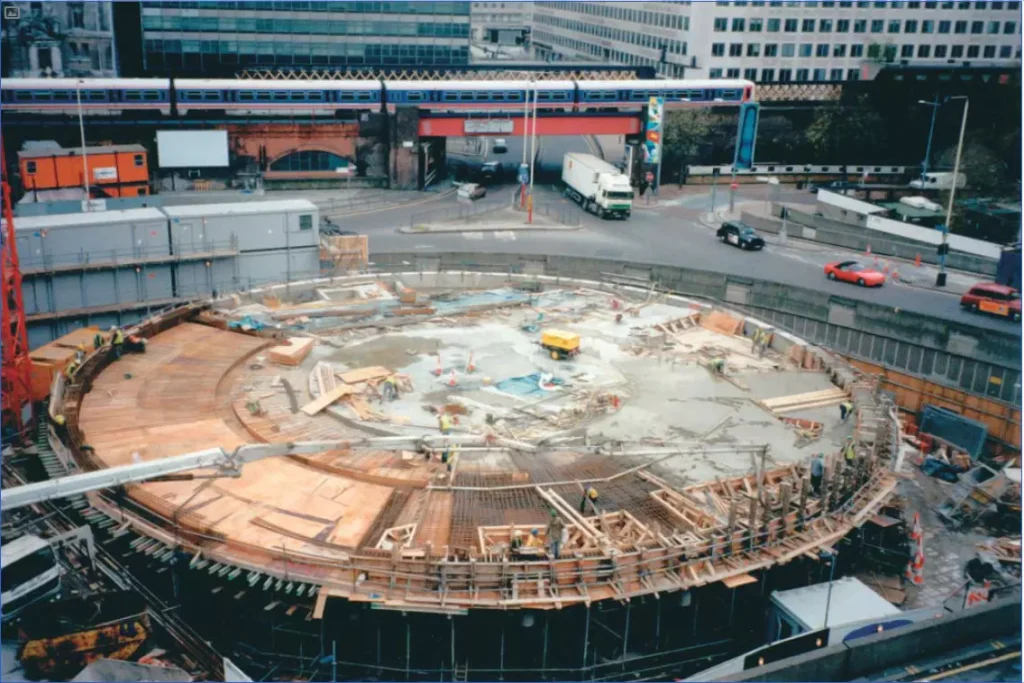
Result
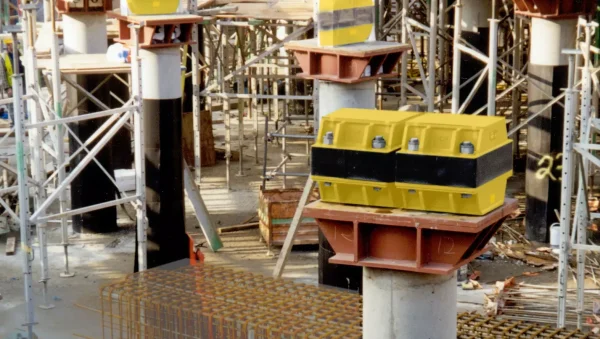
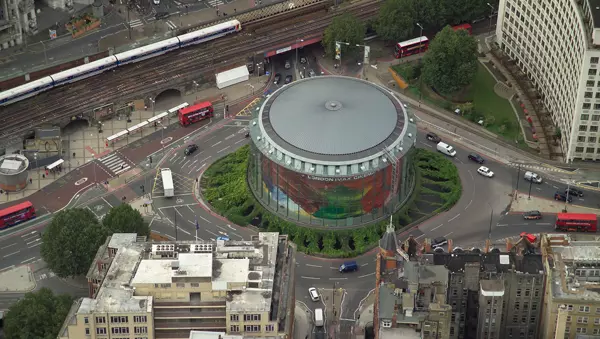
Further Resources
You need further information on this topic?
Please do not hesitate to contact us with your individual question.
One of our project engineers will get back to you shortly.
Vibration control of an IMAX® theatre

Vibration control of an IMAX® theatre

Challenge

Challenge

Solution
Technical Facts:
Structure: Glass-clad circular steel
Vibration source: Subway lines 5 m below foundation level
Base isolation frequency: 3.5 Hz
Design load: 5,000 t


Result
When comparing the final vibration levels on the first floor to those in the ground on site before work began, a reduction of approximately 25 dB was achieved. This is consistent with the fact that with a background noise level of approximately NC 20 (Noise-Rating Curve) in the auditorium, no train events are audible at any time.


Solution
Technical Facts:
Structure: Glass-clad circular steel
Vibration source: Subway lines 5 m below foundation level
Base isolation frequency: 3.5 Hz
Design load: 5,000 t


Result


Share this post
Further Resources
You need further information on this topic?
Please do not hesitate to contact us with your individual question.
One of our project engineers will get back to you shortly.
Further Resources
You need further information on this topic?
Please do not hesitate to contact us with your individual question.
One of our project engineers will get back to you shortly.